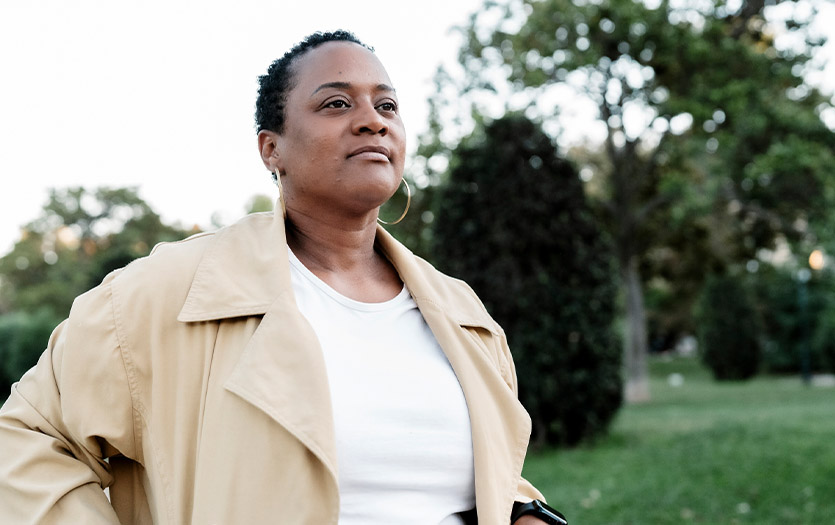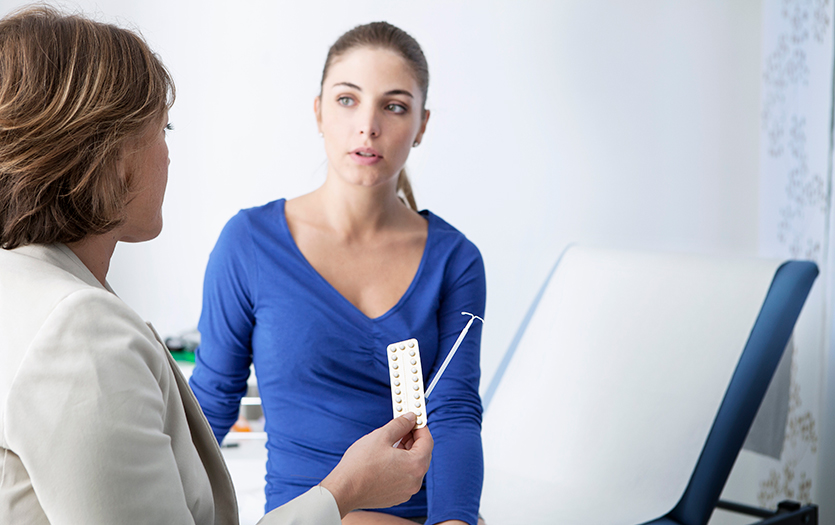Keep Your Little One Snug as a Bug
You should keep your little one snug as a bug in a sleep sack. Protecting your baby is so important. You probably already take many precautions to keep your precious baby safe. But what about when your child is sleeping? More and more pediatricians are recommending the use of sleep sacks, or wearable blankets, for children under the age of 1. Sleep sacks are designed to keep your baby safe and cozy.
What is Sudden Infant Death Syndrome (SIDS)?
- The sudden unexplained death of an infant younger than 12 months old of any ethnic background
- The leading cause of death among infants ages birth to 12 months, and is the third leading cause overall of infant mortality in the United States
Could it be accidental suffocation?
In recent years, research has shown that a significant number of deaths originally attributed to SIDS were, in fact, from accidental suffocation (or related injury) due to a child’s sleeping in a position that blocked breathing.
In these tragic cases, one of the following occurred:
- The baby was co-sleeping with an adult and was smothered by the adult, another child, pillows or soft bedding.
- The baby was in a crib and became trapped against bumpers, bedding, stuffed animals or other soft materials.
- The baby was injured rolling off an adult bed.
Infant deaths from co-sleeping and suffocation in bedding can be prevented. For that reason, Parkview has created the safe slumber program.
How can you keep your baby safely sleeping?
- Place your baby in a sleep sack instead of a baby blanket.
- Do not overheat your baby. Keep the bedroom at a comfortable temperature.
- Put your baby to bed on his or her back in an uncluttered crib. Allow no covers near the baby’s head.
- Keep baby’s crib clear of pillows, toys, bumpers or other potential hazards.
- For at least the first six months, position the crib in your room so you can be aware of baby’s breathing while asleep. The baby will take comfort from knowing you are close.
- Even when away from home, make sure baby sleeps in a safety-approved crib. Never sleep with your baby on a couch or in your bed. Never let the baby fall asleep in a bed or chair with another person.
- Make sure your baby lives, and sleeps, in a smoke-free home.
What safety features should your baby’s crib have?
- Railings no more than 2 3/8 inches apart. If you can fi a soft drink can between them, they’re too far apart.
- A firm mattress that fits snugly in the frame
- A fitted sheet that is tight around the mattress
- If you do not have a sleep sack, use one lightweight cover, tucked at the bottom and sides of the crib



